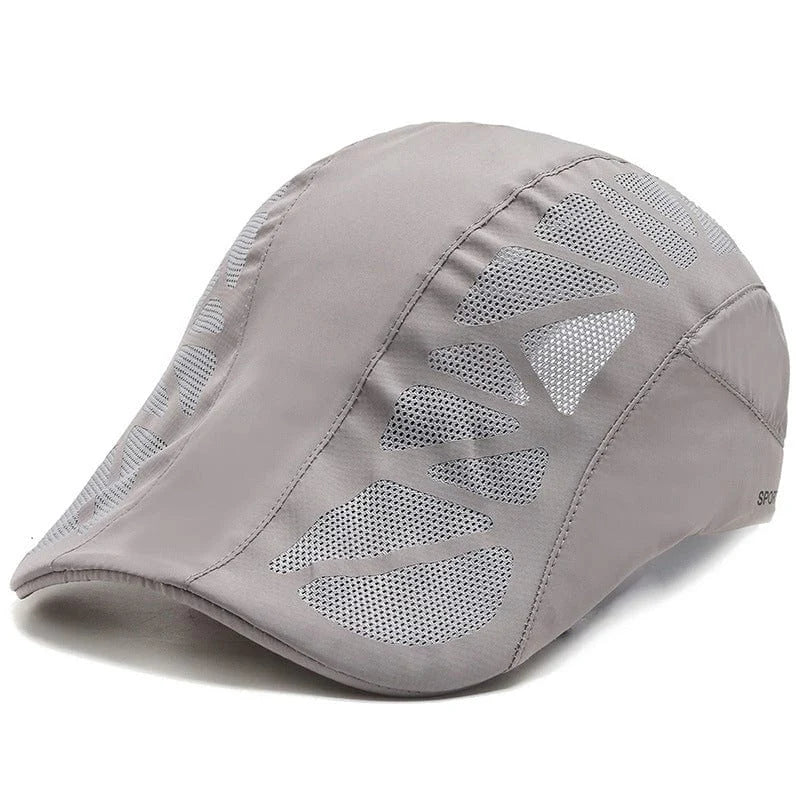Let's face it: getting out of shape is a lot easier than it should be. Months of hard work can unravel in a matter of weeks! The good news is there are effective ways to start working yourself back into peak performance. It's important to give yourself time to adjust and not force anything.
Make A Game Plan

What are your goals? What do you know you're capable of? Before hitting the gym again, spend some time making a game plan of what you want to accomplish. If you're looking to lose weight, you'll probably want a cardio intensive plan; if you're looking to add muscle, you'll perhaps focus on weight lifting. Calendars, notepads, and brainstorming are all ways to get your plan on paper.
Start With Less
Sure, maybe you were once able to run mile after mile, or maybe you could bench press double your weight. After a long layoff, though, you want to start with less. Rather than going for a five-mile run, start by running one mile and seeing how you feel. Rather than stacking all that weight, you used to be able to lift, start with a lesser amount and keep track of how your body responds.
Pace Yourself

When you pace yourself, you automatically give yourself a psychological advantage. Don't expect results right away. Instead, pace yourself, and understand that peak performance takes time to achieve. When lifting weights, take your time, and remember that a strong lifting form is more effective than the number of sets you're able to perform. Don't worry — with proper discipline you'll be back in shape sooner than you realize.
Balance Your Macronutrients

The unfortunate fact of the matter is that proper nutrition and a balanced diet are responsible for 70% of weight management. If you think you can eat whatever you want and make up for it with exercise, you’re deluding yourself. Nutritionists are increasingly recommending a diet that is low in carbohydrate intake, as carbohydrates like sugar or high fructose corn syrup will prevent the body from entering ketosis — a necessary process for fat use and reduction.
If you’re cutting the carbs, you’ll need to make up for it with fat and protein intake, or you’ll feel too hungry to eat responsibly and too lethargic to exercise. However, not all fats are created equal. Trans fats (anything that says “partially hydrogenated”) are the worst — clogging arteries and resisting your body’s natural metabolic processes. Unsaturated fats are ideal, and can keep you feeling full and energized, even when your carb intake is very low.
Protein is an important macronutrient for active people, but once again, not all proteins are created equal. According to this article, some protein powders do absolutely nothing extra for your body. This is because they don’t contain the right amount of essential amino acids to help you recover after you work out your muscles.
Track Your Progress
Tracking your progress will not only inform you about how effective your workout routines are, but it'll make you feel great once you see how much progress you make. Here are some things to consider tracking:
- How much weight you can lift per specific movements
- How many miles a week you run
- How fast you're able to complete various workouts
Bonus Tip: Join the gym in the winter months before the big new year rush. Take a look at the graphic below that shows gym membership statistics by month.
All and all, how much effort you put into getting back into shape will ultimately be the determining factor. And remember: pace yourself. It will be extremely rewarding in the long run.



